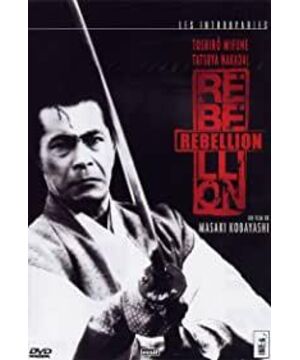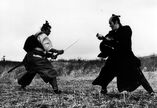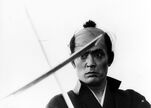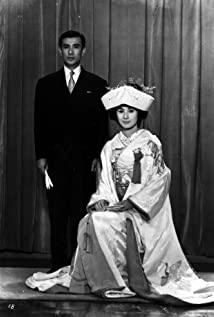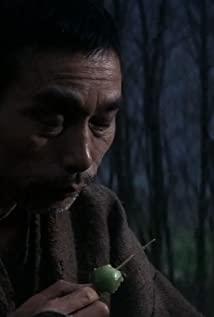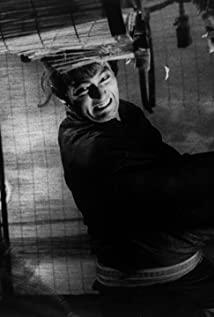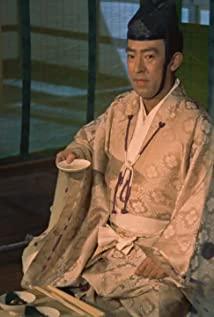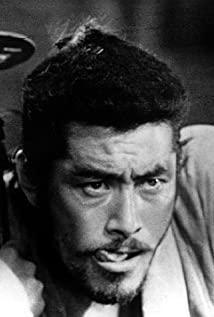Kobayashi Masaki's "The Sword of Death" is definitely one of the greatest films of the 20th century not to be missed. As a black-and-white film, a 1967 Japanese film, and a samurai-themed film, both in terms of story and image style, it can be called one of the best and greatest films of the last century. The large panoramic outdoor shot of the film is not only a "discovery" of beautiful scenery, but also highlights the tragic and solemnity of the whole film with its vastness and vastness. Indoor or studio shots, whether it is a scene of two people sitting on a tatami, a multi-person conversation, or a fight scene, all show extremely smooth camera position settings, scene transitions, and camera movements. At this level, Kobayashi Masaki's "The Sword of Death" far surpasses the "Heroes" and "House of Flying Daggers" by Lao Mozi in the 21st century, and even Ang Lee's "Crouching Tiger, Hidden Dragon".
As far as the story is concerned, the whole film will carry forward the spirit of resistance to the extreme. In the hands of other directors (and even Chinese directors), a story with a similar theme will definitely compromise or even give in for the fate of the family and the life of the one he loves, but Kobayashi Masaki confronts Isaburo and his son with Ado. The unyielding spirit displayed by the coercion and inducement from the monarch/feudal lord/lord is vividly displayed. Isaburo's exhortation to his infant granddaughter before his death was even more of a cry. The close-up shows Isaburo's eyes wide open after his death, still showing a spirit of resistance, an extreme spirit of resistance. If Foucault's famous quote is used - it is not the age of the story that matters, but the age of the story, then this spirit of resistance is rather the thought contained in the director's own doing. On this level, Kobayashi Masaki is quite a left-wing film director.
Different from the docile and modest father image created by Yasujiro Ozu in the 1960s, the image of Isaburo as a father in "The Sword of Death" reflects his resistance to violence/monarch/ruler/system, resisting violence with violence, Resist by yourself. I personally think that Isaburo's image is also an act of reshaping his father's image. It’s just that this behavior still needs to be placed in the historical and cultural dimensions and context of Japan’s postwar period in order to discover more “political unconsciousness”.
View more about Samurai Rebellion reviews


